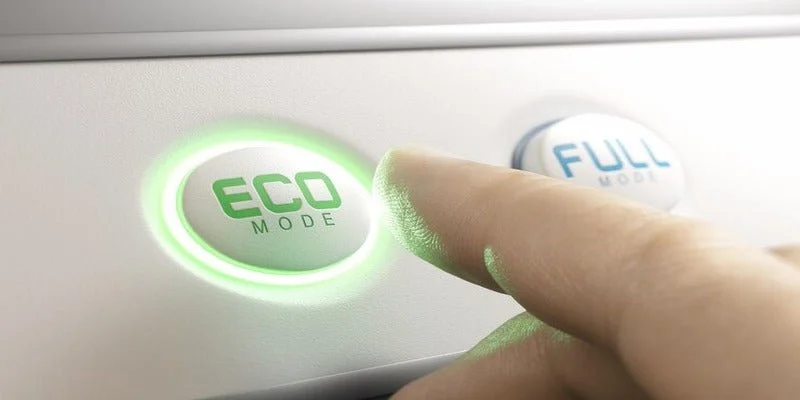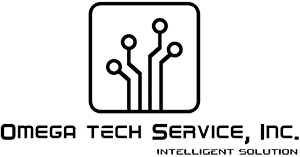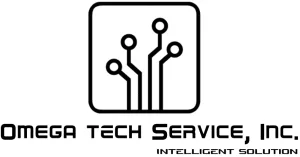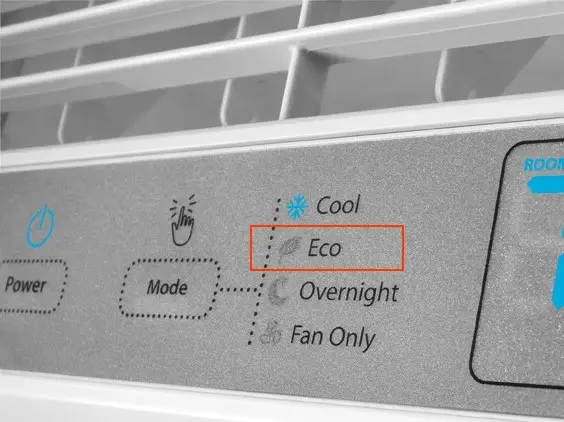Many homeowners wonder whether energy-saving modes on air conditioners (Eco Mode) truly help cut electricity bills — or if it’s just a marketing trick.
In San Diego, where cooling is essential in summer and heating is often needed in winter, efficient HVAC operation makes a big difference in monthly energy costs.
Let’s explore how Eco Mode actually works, common myths about it, and what really helps reduce energy consumption.
How Energy-Saving Mode Works
The Eco Mode on your air conditioner reduces compressor and fan activity, maintaining a comfortable temperature with lower energy demand.

Here’s what happens under the hood:
- The compressor runs at lower capacity and cycles more gradually.
- The fan turns on and off less frequently, using lower speeds.
- The system keeps the room temperature stable without large power spikes.
As a result, your air conditioner uses less electricity, runs more quietly, and the components experience less wear — extending the system’s overall lifespan.
Common Myths About Energy-Saving Mode
✅ Myth 1: Eco Mode doesn’t actually save electricity
It does — energy savings can reach 15–25%, depending on the climate and system condition. However, in extreme heat and humidity, the effect is less noticeable.
✅ Myth 2: Eco Mode replaces professional maintenance
Even if your AC runs in Eco Mode, dirty filters, clogged coils, or blocked drains will make it consume more energy. Regular maintenance is still essential.
✅ Myth 3: Eco Mode makes the air cooler
Not true. Eco Mode doesn’t increase cooling power — it simply reduces compressor load. You might notice a slight 1–2°F temperature variation, which is normal.
Real Ways to Reduce AC Energy Consumption
Eco Mode helps — but real efficiency comes from smart habits and upkeep.
Here’s how to maximize your air conditioner’s energy savings:
- Use a programmable thermostat: set 73–75°F during the day and 77–78°F at night.
- Clean filters and coils regularly.
- Seal windows and doors to prevent cool air loss.
- Use ceiling fans to improve air circulation.
- Schedule regular HVAC maintenance to keep the system running at peak efficiency.
Eco Mode and Inverter Air Conditioners
If you own an inverter air conditioner, your system is already energy-efficient by design.
Inverter technology adjusts compressor speed smoothly rather than turning it on and off repeatedly.
In this case, Eco Mode serves as an extra fine-tuning feature — not the main source of energy savings.
Energy Use of Air Conditioners in San Diego
On average, an air conditioner consumes 1–2 kWh per hour.
Using Eco Mode can reduce that by up to 25%, saving tens of dollars each month depending on local electricity rates in San Diego.
It also means less strain on your electrical system and fewer service calls down the road.
Conclusion
Energy-saving air conditioner modes are not a myth — but they’re not magic either.👉 They deliver real savings only when your AC system is properly maintained and correctly set up.
In San Diego’s mild but sunny climate, a combination of Eco Mode, clean filters, and smart thermostat settings can significantly reduce your energy bills while keeping your home comfortable all year round.
FAQ ❓
Yes. Lower compressor load means less mechanical stress and longer equipment lifespan.
Eco Mode operates at lower power, so cooling takes a bit longer — but it’s more stable and efficient.
Absolutely. Proper temperature settings, home insulation, and regular maintenance can save even more energy.
Yes, as long as the weather isn’t extreme. On very hot days, switch to standard mode for faster cooling.
With consistent Eco Mode use, you can cut energy consumption by 15–25%, which equals about $15–40 per month for most San Diego households.
Did you like this article and find it helpful? Share the link with your friends!
- Published on





